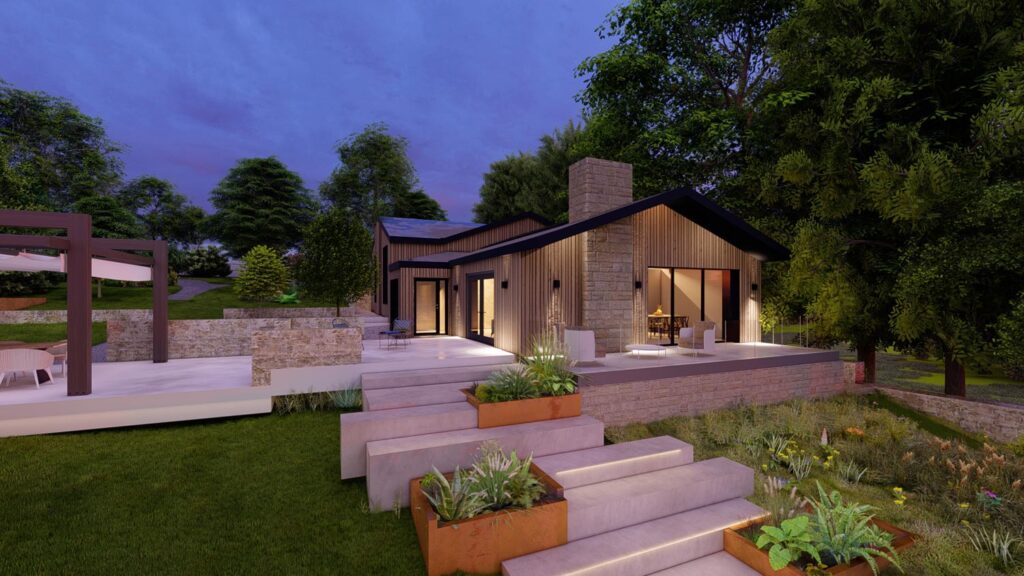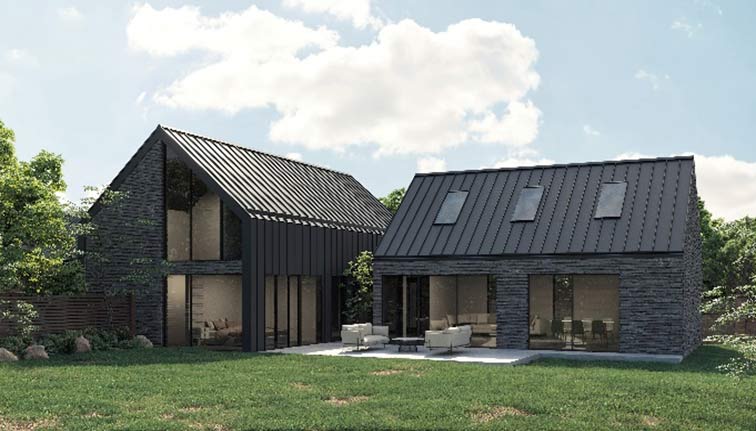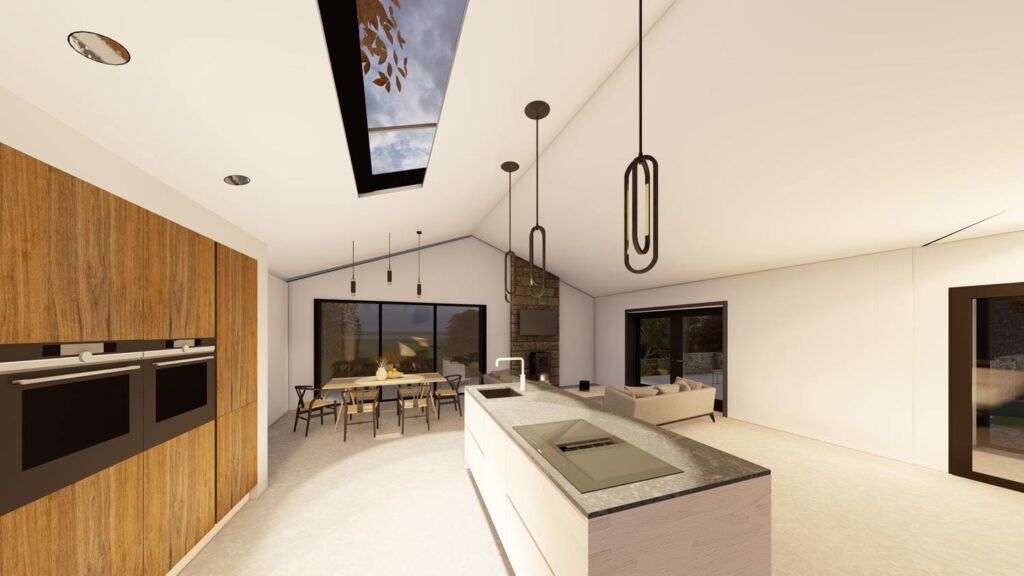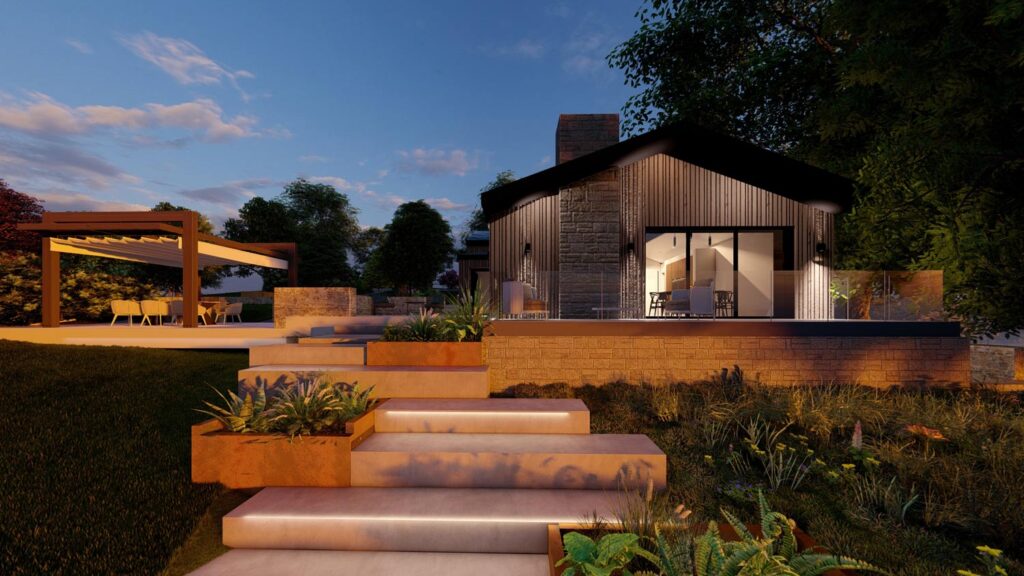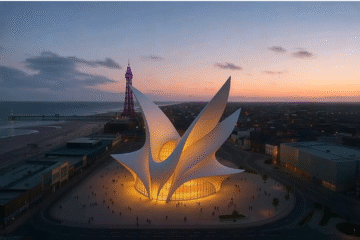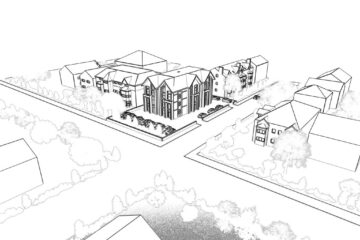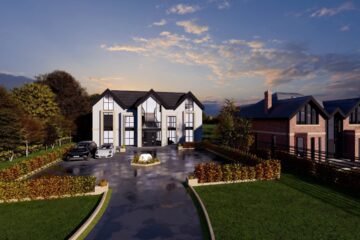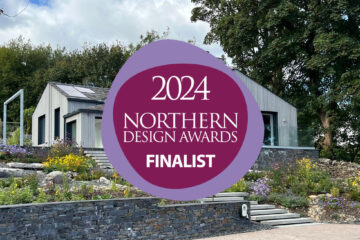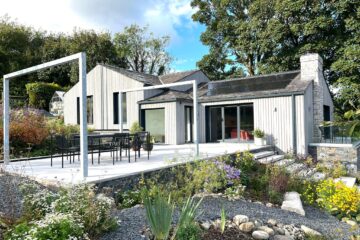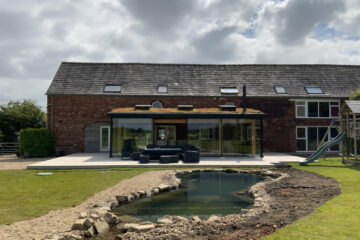As our world becomes increasingly focused on sustainability and environmentally friendly practices, more and more people are turning to passive home design and construction as a way to reduce their carbon footprint while also saving money on energy bills. In this blog post,
I'll explain what passive homes are, why they're important, and why building a passive home might be the right choice for you.
Passive Homes
Passive homes, also known as passive houses or Passivhaus, are a type of building that is designed to use minimal energy for heating and cooling.
This is achieved by the thoughtful use of modern design technologies that work together to create a highly efficient living space.
The key to a passive home is its insulation. Passive homes are extremely well-insulated, with insulation that is often up to three times thicker than that used in traditional homes.
This insulation, along with high-performance windows and doors, helps to create an airtight building envelope that keeps warm air inside in the winter and cool air inside in the summer.
In addition to insulation, passive homes also feature advanced ventilation systems that bring in fresh air while expelling stale air.
These systems recover heat from the outgoing air, which helps to preheat incoming air and reduce the amount of energy needed to maintain a comfortable temperature inside the home.
Passive Home Design
Passive home design is a design approach that focuses on creating highly energy-efficient buildings that require minimal heating and cooling. Passive homes achieve this through a combination of design features and technologies that work together to create a building envelope that is airtight, well-insulated, and well-ventilated.
Passive home design typically begins with a focus on reducing a building's energy demand through a combination of insulation, airtightness, and orientation. The goal is to minimize the amount of heat loss or gain through the building envelope, which is achieved through the use of high-performance insulation materials, triple-paned windows, and airtight construction techniques.
In addition to insulation and airtightness, passive homes also rely on advanced ventilation systems to maintain a comfortable indoor environment. These systems bring in fresh air while expelling stale air, and often include heat recovery features that help to preheat incoming air and reduce the amount of energy needed to maintain a comfortable temperature.
Other design features commonly found in passive homes include:
- South-facing windows: Passive homes are typically designed with large south-facing windows to allow for maximum solar gain during the winter months.
- Overhangs and shading devices: To prevent overheating in the summer months, passive homes may include overhangs or other shading devices that block direct sunlight from entering the building.
- Thermal mass: Passive homes may include thermal mass, such as concrete floors or walls, which can help to absorb and store heat during the day and release it at night.
Overall, passive home design is focused on creating a building envelope that is highly efficient and well-balanced, with insulation, airtightness, and ventilation systems all working together to minimize energy demand and maintain a comfortable indoor environment.
So why are passive homes important?
For starters, they are incredibly energy-efficient. In fact, passive homes use up to 90% less energy for heating and cooling than traditional homes. This means that homeowners can save a significant amount of money on energy bills over the life of their home.
But passive homes also have a much smaller environmental footprint than traditional homes. By using less energy, passive homes reduce greenhouse gas emissions and help to combat climate change. And because they are designed to last for many decades, passive homes are a long-term investment in the health of the planet.
Another benefit of passive homes is their superior indoor air quality.
Because passive homes are so airtight, they require advanced ventilation systems to bring in fresh air.
This means that the air inside a passive home is constantly being refreshed, leading to better air quality and a healthier living environment.
Passive homes are also extremely comfortable to live in. Because they maintain a consistent temperature throughout the year, passive homes don't suffer from the drafts and temperature fluctuations that can make traditional homes uncomfortable.
And because they are so well-insulated, passive homes are also very quiet, reducing outside noise and creating a peaceful living environment.
So, why might building a passive home be the right choice for you?
Here are a few reasons:
- Energy savings: As mentioned earlier, passive homes use up to 90% less energy for heating and cooling than traditional homes. This means that you can save a significant amount of money on energy bills over the life of your home.
- Environmental impact: By using less energy, passive homes have a smaller environmental footprint than traditional homes. If you're concerned about climate change and want to reduce your carbon footprint, building a passive home is a great way to do so.
- Comfort: Because passive homes maintain a consistent temperature throughout the year, they are incredibly comfortable to live in. No more suffering through cold drafts in the winter or hot, stuffy rooms in the summer.
- Health: Passive homes have superior indoor air quality thanks to their advanced ventilation systems. This means that you and your family will be breathing in fresh, clean air all year round.
- Long-term investment: Passive homes are built to last for many decades, making them a smart long-term investment. And because they are so energy-efficient, they are likely to increase in value over time as energy costs continue to rise.
Of course, building a passive home isn't for everyone. Passive homes require a significant investment upfront, and the building process can be more complicated than that of a traditional home.
We at Carter's have created various Passive homes in and around Preston in Lancashire. Please feel free to contact us if you would like more information on passive homes.

